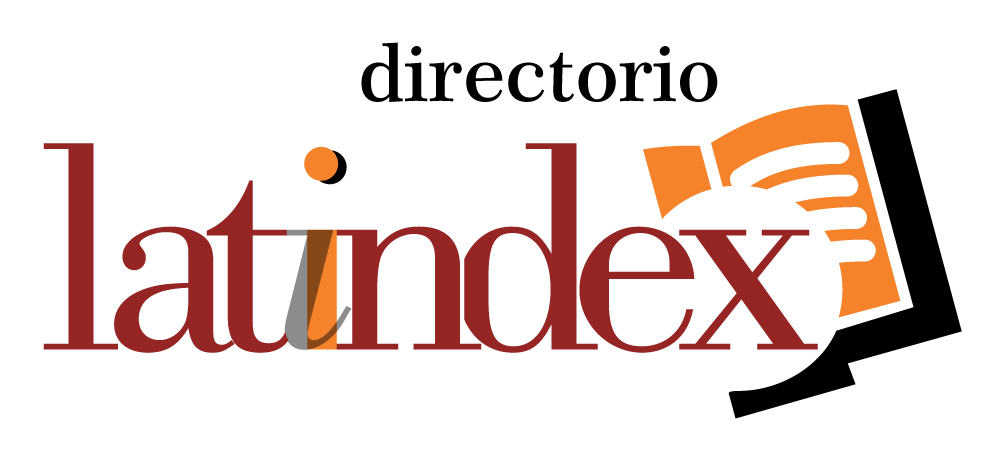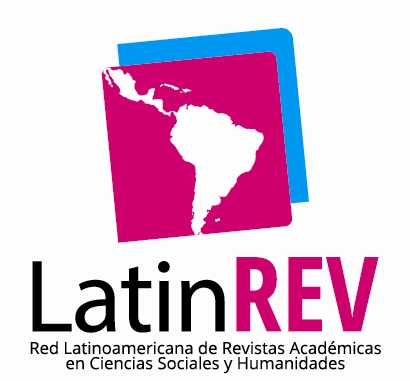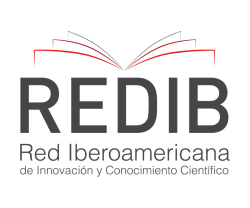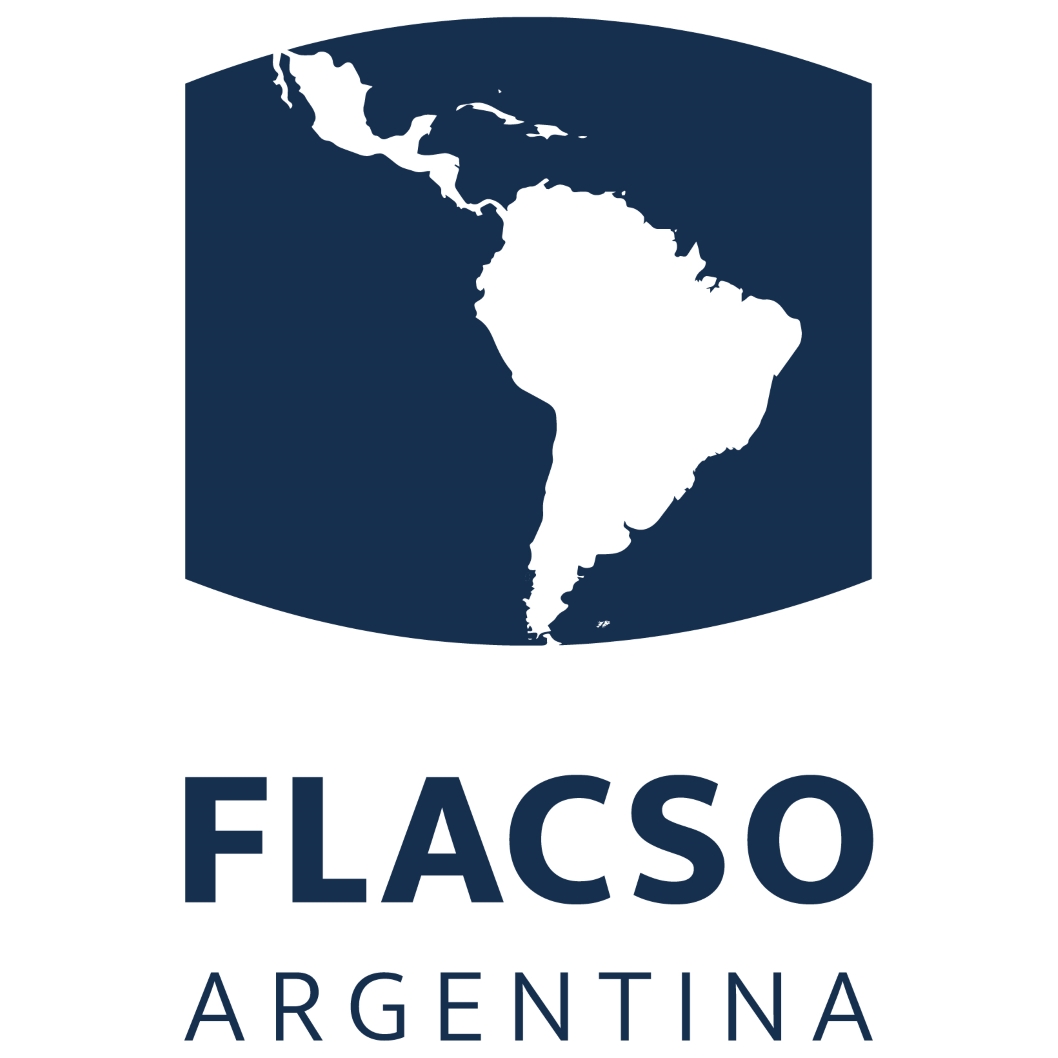Trombocitopenia inducida por heparinas, revisión de los mecanismos implicados, diagnóstico y manejo de un evento adverso complejo
Resumen
La trombocitopenia inducida por heparina (TIH) es un trastorno mediado por el sistema inmunitario causado por anticuerpos que reconocen complejos del factor plaquetario 4 y la heparina. La trombosis es una característica central e impredecible de este síndrome. A pesar del manejo óptimo, la morbilidad y la mortalidad de la enfermedad por trombosis siguen siendo altas. El estado hipercoagulable en TIH es biológicamente distinto de otros trastornos trombofílicos en que las complicaciones clínicas son directamente atribuibles a los complejos inmunes ultra grandes (CIUG) circulantes. En algunos individuos, los CIUG provocan respuestas procoagulantes celulares no controladas que culminan en trombosis. Hasta la fecha, los factores de riesgo clínicos y biológicos asociados con el riesgo trombótico en TIH siguen siendo esquivos. Esta revisión resumirá nuestra comprensión actual de la trombosis en TIH con atención a sus características clínicas, mecanismos celulares
Descargas
Citas
Aguayo, E., Sanaiha, Y., Seo, Y. J., Mardock, A., Bailey, K., Dobaria, V., & Benharash, P. (2018). Heparin-induced thrombocytopenia in cardiac surgery: Incidence, costs, and duration of stay. Surgery (United States), 164(6), 1377-1381. https://doi.org/10.1016/j.surg.2018.07.013
Alberio, L., Kimmerle, S., Baumann, A., Taleghani, B. M., Biasiutti, F. D., & Lämmle, B. (2003). Rapid determination of anti-heparin/platelet factor 4 antibody titers in the diagnosis of heparin-induced thrombocytopenia. American Journal of Medicine, 114(7), 528-536. https://doi.org/10.1016/S0002-9343(03)00080-9
Alberio, L., & Lämmle, B. (2005). More on: Thrombosis and ELISA optical density values in hospitalized patients with heparin-induced thrombocytopenia [12]. Journal of Thrombosis and Haemostasis, 3(7), 1549. https://doi.org/10.1111/j.1538-7836.2005.01434.x
ALkharashi, N. A. (2019). Delayed-Onset Heparin-Induced Thrombocytopenia and Thrombosis. Saudi Medical Journal, 40(12), 1290-1293. https://doi.org/10.15537/smj.2019.12.24643
Anderson, C. L., Ganesan, L. P., & Robinson, J. M. (2015). The biology of the classical Fcγ receptors in non-hematopoietic cells. Immunological Reviews, 268(1), 236-240. https://doi.org/10.1111/imr.12335
Arcinas, L. A., Manji, R. A., Hrymak, C., Dao, V., Sheppard, J. A. I., & Warkentin, T. E. (2019). Autoimmune heparin-induced thrombocytopenia and venous limb gangrene after aortic dissection repair: in vitro and in vivo effects of intravenous immunoglobulin. Transfusion, 59(6), 1924-1933. https://doi.org/10.1111/trf.15263
Arepally, G. M., Kamei, S., Park, K. S., Kamei, K., Li, Z. Q., Liu, W., Siegel, D. L., Kisiel, W., Cines, D. B., & Poncz, M. (2000). Characterization of a murine monoclonal antibody that mimics heparin- induced thrombocytopenia antibodies. Blood, 95(5), 1533-1540. https://doi.org/10.1182/blood.v95.5.1533.005k01_1533_1540
Arepally, G. M., & Mayer, I. M. (2001). Antibodies from patients with heparin-induced thrombocytopenia stimulate monocytic cells to express tissue factor and secrete interleukin-8. Blood, 98(4), 1252-1254. https://doi.org/10.1182/blood.V98.4.1252
Arepally, G. M., & Padmanabhan, A. (2021a). Heparin-Induced Thrombocytopenia; A Focus on Thrombosis. Arteriosclerosis, Thrombosis, and Vascular Biology, 41(1), 141-152. https://doi.org/10.1161/ATVBAHA.120.315445
Arepally, G. M., & Padmanabhan, A. (2021b). Heparin-Induced Thrombocytopenia; A Focus on Thrombosis. Arteriosclerosis, Thrombosis, and Vascular Biology, 41(1), 141-152. https://doi.org/10.1161/ATVBAHA.120.315445
Arepally, G., McKenzie, S. E., Jiang, X. M., Poncz, M., & Cines, D. B. (1997). FcγRIIA H/R131 polymorphism, subclass-specific IgG anti- heparin/platelet factor 4 antibodies and clinical course in patients with heparin-induced thrombocytopenia and thrombosis. Blood, 89(2), 370-375. https://doi.org/10.1182/blood.v89.2.370
Baroletti, S., Hurwitz, S., Conti, N. A. S., Fanikos, J., Piazza, G., & Goldhaber, S. Z. (2012). Thrombosis in suspected heparin-induced thrombocytopenia occurs more often with high antibody levels. American Journal of Medicine, 125(1), 44-49. https://doi.org/10.1016/j.amjmed.2011.06.025
Batar, P., & Dale, G. L. (2001). Simultaneous engagement of thrombin and FcγRIIA receptors results in platelets expressing high levels of procoagulant proteins. Journal of Laboratory and Clinical Medicine, 138(6), 393-402. https://doi.org/10.1067/mlc.2001.120049
Boshkov, L. K., Warkentin, T. E., Hayward, C. P. M., Andrew, M., & Kelton, J. G. (1993). Heparin‐induced thrombocytopenia and thrombosis: clinical and laboratory studies. British Journal of Haematology, 84(2), 322-328. https://doi.org/10.1111/j.1365-2141.1993.tb03072.x
Brinkmann, V., Reichard, U., Goosmann, C., Fauler, B., Uhlemann, Y., Weiss, D. S., Weinrauch, Y., & Zychlinsky, A. (2004). Neutrophil Extracellular Traps Kill Bacteria. Science, 303(5663), 1532-1535. https://doi.org/10.1126/science.1092385
Cai, Z., Yarovoi, S. V., Zhu, Z., Rauova, L., Hayes, V., Lebedeva, T., Liu, Q., Poncz, M., Arepally, G., Cines, D. B., & Greene, M. I. (2015). Atomic description of the immune complex involved in heparin-induced thrombocytopenia. Nature Communications, 6, 1-10. https://doi.org/10.1038/ncomms9277
Chong, B. H., & Chong, J. J. H. (2010). Heparin-induced thrombocytopenia associated with fondaparinux. Clinical Advances in Hematology and Oncology, 8(1), 63-65. https://doi.org/10.1056/nejmc070346
Chong, B. H., Fawaz, I., Chesterman, C. N., & Berndt, M. C. (1989). Heparin‐induced thrombocytopenia: mechanism of interaction of the heparin‐dependent antibody with platelets. British Journal of Haematology, 73(2), 235-240. https://doi.org/10.1111/j.1365-2141.1989.tb00258.x
Chong, B. H., Grace, C. S., & Rozenberg, M. C. (1981). Heparin‐induced Thrombocytopenia: Effect of Heparin Platelet Antibody on Platelets. British Journal of Haematology, 49(4), 531-540. https://doi.org/10.1111/j.1365-2141.1981.tb07261.x
Cines, D. B., Yarovoi, S. V., Zaitsev, S. V., Lebedeva, T., Rauova, L., Poncz, M., Arepally, G. M., Khandelwal, S., Stepanova, V., Rux, A. H., Cuker, A., Guo, C., Ocariza, L. M., Travers, R. J., Smith, S. A., Kim, H., Morrissey, J. H., & Conway, E. M. (2016). Polyphosphate/platelet factor 4 complexes can mediate heparin-independent platelet activation in heparin-induced thrombocytopenia. Blood Advances, 1(1), 62-74. https://doi.org/10.1182/bloodadvances.2016000877
Coates, D. R., Chin, J. M., & Chung, S. T. L. (2011). Bilateral adrenal hemorrhage: The unrecognized cause of hemodynamic collapse associated with heparin-induced thrombocytopenia. Bone, 23(1), 1-7. https://doi.org/10.1097/CCM.0b013e318206d0eb.Bilateral
Cuker, A., Arepally, G. M., Chong, B. H., Cines, D. B., Greinacher, A., Gruel, Y., Linkins, L. A., Rodner, S. B., Selleng, S., Warkentin, T. E., Wex, A., Mustafa, R. A., Morgan, R. L., & Santesso, N. (2018). American Society of Hematology 2018 guidelines for management of venous thromboembolism: Heparin-induced thrombocytopenia. Blood Advances, 2(22), 3360-3392. https://doi.org/10.1182/bloodadvances.2018024489
Da, M. (1997). Receptor biology. Annu. Rev. Immunol. 1997. 15:203–34, 32.
Dhakal, B., Kreuziger, L. B., Rein, L., Kleman, A., Fraser, R., Aster, R. H., Hari, P., &
Derechos de autor 2022 Juan Sebastián Theran león ;Didier Karina Vera Quintero ;Paula Andrea Sánchez Quiñonez ;Barbara Yuliana Quintero Arevalo ;Stephania Julieth Nariño Anaya

Esta obra está bajo licencia internacional Creative Commons Reconocimiento 4.0.











.png)




















.png)
1.png)


